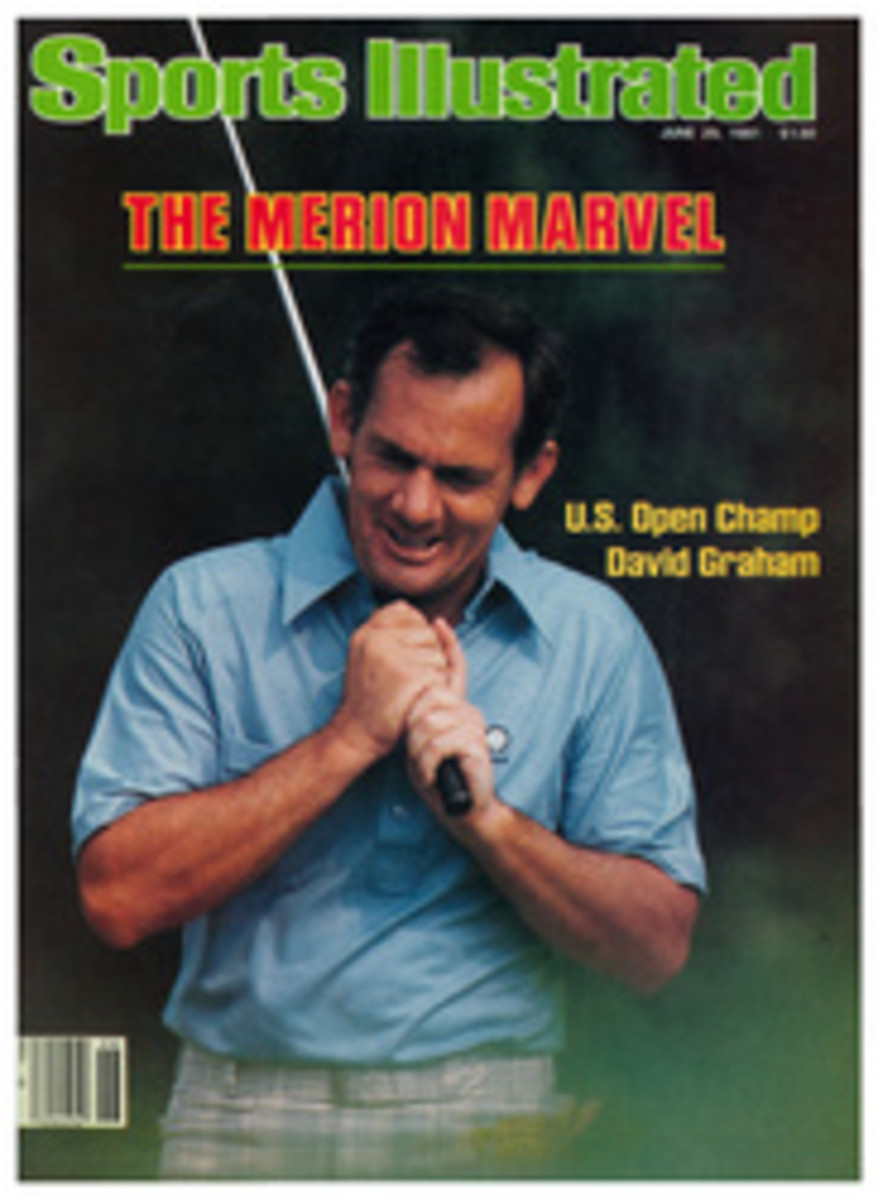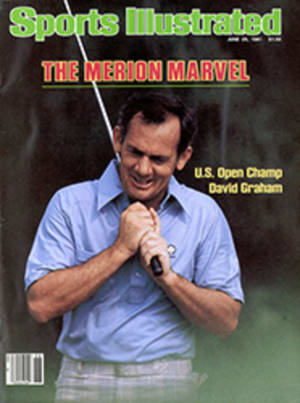
THE LEGENDARY MARION TINSLEY IS A CHAMPION WITH A CHECKERED CAREER
We tend to think of checkers as a game played by two Confederate Army veterans sitting at the base of the statue of Robert E. Lee in the courthouse square.
Well, last month, the world championship was played in a small town in the Deep South, Petal, Miss., but not in the town square. The competition took place in the ever-expanding mansion and museum owned by Charles Walker, an insurance tycoon and checkers maven.
In the title match, Dr. Marion Tinsley, 54, a gentle mathematics professor at Florida A & M, once again beat the man who taught him the tournament game, former champ Asa Long, 76, an almost translucent, wispy-haired retired machinist from Toledo, Ohio. They tied 34 games and Tinsley won three. In tournament checkers, that means Tinsley blew Long off the board.
The two finalists played in Walker's International Checker Hall of Fame. The Hall is part of a complex on Walker's 30-acre estate that includes his residence. Chateau Walker, and Chateau Retreat and Chateau Cottage, buildings he uses to house visiting checkers notables. For the last six years he has employed three carpenters full time to tack additions on to his compound, such as a seven-story observation tower adjoining the Hall. He also needs the extra space to hold the huge animal statuary and other objets d'art he's picked up on his travels.
Walker is a poor country boy who made millions selling cancer insurance and who favors flashy leisure suits and two-tone patent leather shoes in green and buff—the colors, believe it or not, of a regulation checkerboard. A disciple of Chicago insurance mogul W. Clement Stone, Walker is a testimonial to the books he reads. His office bookshelf contains Think and Grow Rich, Who's Who in The New Testament and The Success System That Never Fails. His garage also contains evidence of his success; it houses three Lincoln Continentals. "I owe everything I get to God," Walker says. "I believe in paying God first and yourself second. You can't outpay God."
An ideal place from which to watch the championship match was the gallery that rings the Hall. The walls are adorned with photographs of great checker players from the past, such as the legendary Richard Jordan and Samuel Gonotsky. It also contains a mounted knight in a full suit of armor, an imposing teak eagle and innumerable wildlife paintings by Walker's father-in-law. "I've always had a desire to accumulate," says Walker.
Tinsley is an accumulator, too, having amassed six national and five world titles since 1948. He has, in fact, lost only one tournament game in the past 23 years. The Encyclopedia of Checkers, which is published by Walker, says Tinsley "has been called the Alexander the Great of checkers" and "is to checkers what Leonardo de Vinci [sic] was to science, what Michaelangelo [sic] was to art, and what Beethoven was to music." Tinsley is also a very modest man, who makes no great claims for himself. "I'm perfectly capable of losing a game," he says.
Tinsley ordinarily plans 33 or so moves ahead; he can remember one occasion on which he thought 83 moves ahead, which is about as far into the future as you can look without help from Jeane Dixon. Tinsley says he once played Newell Banks, a champion in the '20s and '30s, who could also think 33 moves ahead. "But he should have looked 34," says Tinsley, "because that's where I beat him."
For their match Tinsley and Long were tucked away in a corner amid the general ostentation of the Hall of Fame. Their moves were duplicated on a green-and-buff linoleum board almost as big as any ring Muhammad Ali ever fought in. The pieces on the display board were red-and-white foam-rubber cushions about the size of garbage can lids.
Tournament checkers isn't a game that would sell out Madison Square Garden at $20 a ticket. In fact, it might be more entertaining to watch Richard Petty tune his carburetor, although Walker apparently finds the inaction so riveting that he videotaped the championship match. The spectacle is played at a pace of 24 moves an hour, but there's often half an hour between the early moves. Apparently, that's when Tinsley thinks his 33 moves ahead. "Chess is like looking across a broad field," he says. "Checkers is like looking down a deep well." The longest game Tinsley ever played was 7½ hours in a championship match in 1958. It ended in a draw.
The most recent Tinsley-Long championship match was played in respectful silence. The only noises in the Hall emanated from a spectator slapping his pencil against the note pad in which he recorded the moves, another tiptoeing quietly to the bathroom and a good ole boy in overalls crunching peanut shells between his thumbs.
Long knew the odds were against him. Indeed, the good ole boy's peanuts ran out about the same time as Long's chances. "Ha, ha, ha," Long says. "I had no delusions. I helped create the monster." The monster, Tinsley, began playing checkers as a boy of 13 in Columbus, Ohio. His opponent was an old woman who roomed in his parents' home. "She used to beat me and rub it in," he says. " 'Take your leap, take your leap,' she'd cackle. She'd whup me every time."
She kept whupping him until he came across a book, Winning Checkers, in the neighborhood library. "She'd never play me after that," Tinsley says with a laugh. "I never got revenge." At the age of 18 he became a protègè of the world champion Long, who last beat him in 1948, and worked his way through Ohio State University playing blindfold exhibitions for $50 against 20 opponents at a time. He never lost. "The difficulty was getting the people together," he says. "Not beating them."
He won his first world championship, a split-venue event held in 1955 in Lakeside, Ohio and Peoria, Ill., by rolling up a jowly Swedish steelworker, Walter Hellman, getting 35 ties and three wins. In those days he was called Two-Ton Tinsley. In the checkers world, that's a joke; he was a vegetarian and weighed just 162 pounds.
Three years later he successfully defended his world title by beating British champ Derek Oldbury, a paraplegic who tried to intimidate opponents by wearing mysterious dark glasses. But Tinsley is impervious to such ploys. He plays the board, not the person. Still, Oldbury became one of the few to beat Tinsley when he won the opener of that 1958 championship. But then Tinsley made Oldbury see the light by winning nine games and tying 24.
Tinsley quit for 12 years after that. For six of those years he didn't play checkers at all. He said he wanted to concentrate on teaching and studying abstract algebra. Indeed, he has lectured extensively on the algebraic number theory, matrix and combinatorial theory and point-set topology—all useful stuff. Other checkers players say there was just nobody around good enough for him to play.
The inner game of world-class checkers is elusive. "Checkers is an aggressive game," says Walker, cleaning his fingernails with a penknife. "It teaches you to look before you leap." Oldbury used to espouse his own checkers theory of relativity. "Checkers has three dimensions," he would say. "There is space [the checkerboard], force [the opponent] and time [the moves]. To win the game you must have an advantage in one or more of these elements. Any position can be assessed in terms of these three elements to determine who has the advantage."
This theory amuses Tinsley. He sees checkers more as a game of creativity than force fields. "Originally, my object was purely competitive—to win," he explains. "But after you play a while, the game is filled with indescribable beauty. I study every day. Checkers has the precision of mathematics—when everything falls into place, it's so elegant and exact. In a sense, two good players getting together are producing a work of art," which, in an eclectic setting like the International Checker Hall of Fame, is one achievement in itself.

